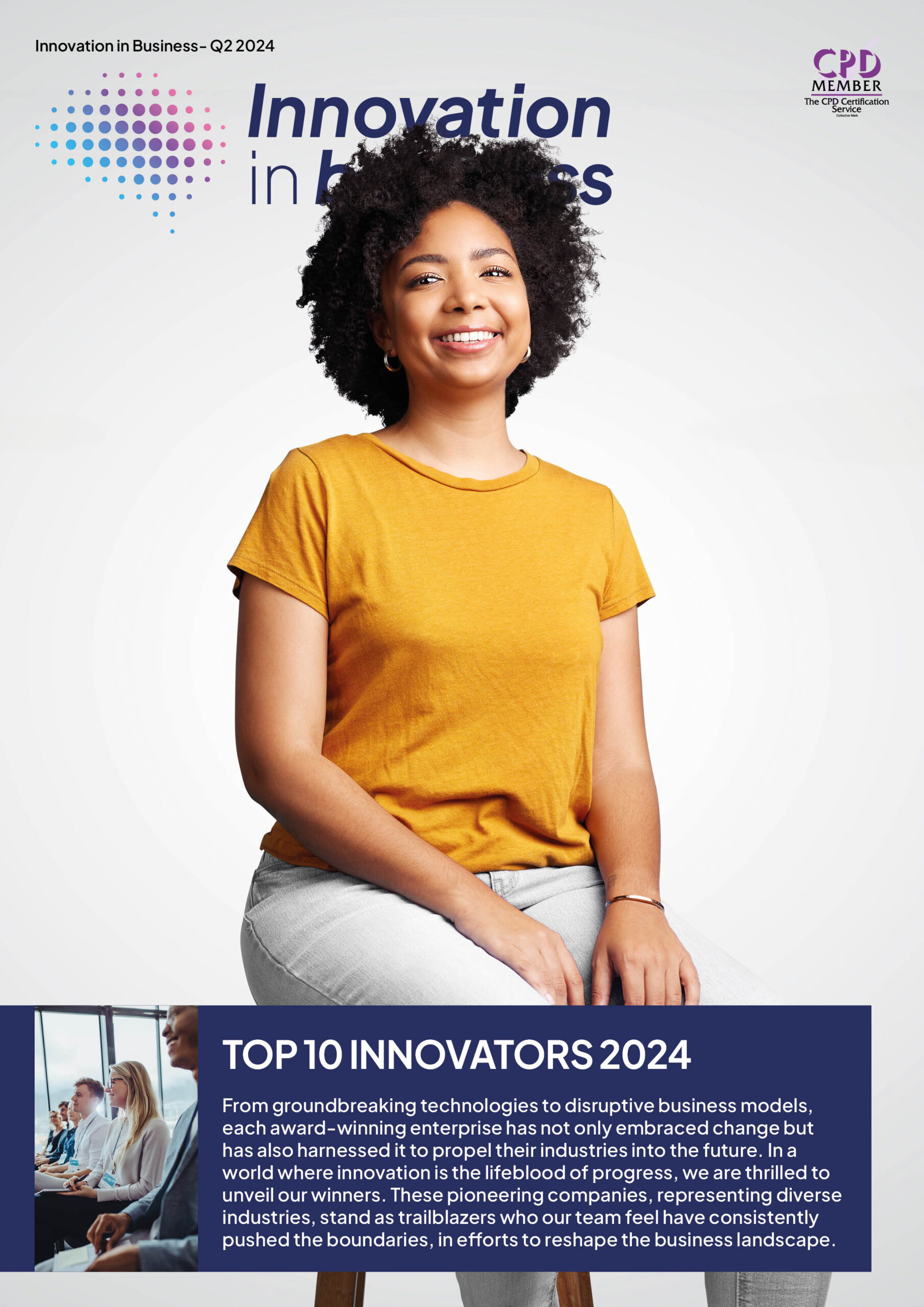

Over recent years, Cloud computing has boomed in popularity, receiving a global spend of $55.9 billion within the first quarter of 2022, and then by Q3 2023, it had reached $73.5 billion, a 16% rise year on year according to research by Canalys. As well as that, Statista had also conducted a survey that investigated the increase use of cloud services and discovered that storing and creating files and office documents was the main reason for implementing cloud technology to their business.
Businesses that utilise cloud services to their full potential can gain a helpful push towards a more digital direction. But like all technology, it will continue to evolve and provide new ways of making your processes more efficient.
In this article, IT managed service provider, TSG delve at four emerging trends in cloud computing that continue to evolve and can bring a more positive influence towards your business.
Hybrid and multi-cloud structures
With cloud, its not a one size fits all. Different systems have unique requirements that differ from another, and each of them will carry their own unique quirks, strengths and weaknesses. While some systems may excel for certain tasks, they may lack features for others. This then promotes the usage of multiple cloud systems. Best way to think of it, is to imagine building your own cloud ecosystem and singling out the best tools for each job.
Making this possible is the functionality of hybrid and multi-cloud structures. Multi-cloud means using different public services from several providers to cover what you need. In the UK 89% of companies are utilising multi-cloud structures. Utilising this approach may prove difficult to manage however It means you can take the best parts of the top cloud solutions on the market and create a solution that matches exactly what you need. This gives you more options for customisation and can help avoid being locked in to just one vendor.
Then considering hybrid, 80% of UK companies are utilising this. Hybrid cloud is similar to multi-cloud structures however the key differences is they utilise a private cloud service which is managed onsite as part of the combination. This means investing in and using a publicly available cloud server as well as building an in-house infrastructure and having them work in tandem. Being able to shop around for the systems that fit your specifications is a great way of not selling yourself short on what you need for your specific processes and giving yourself more flexibility. Public cloud software can often come with some data bottlenecks with lots of people using it at once, but the cost savings it can offer are a huge positive.
Serverless computing
The global serverless computing market share is expected to reach USD 27720.57 million by 2027. When you’re spending money on such a service, you want to know it’s not going to waste. This is especially true if you’re trusting another company with something as important as the servers that host your website. For some companies, they have built applications that require a server to host it, and they may spend a lot of money to make sure its infrastructure is secure.
With the rise of serverless computing, this has revolutionised the concept of hosting applications. This method of backend service is cost effective as you only pay for what you use data-wise. The infrastructure of the servers is also handled by the vendor, so developers don’t have to worry about scaling too much and can focus more on development.
Cloud security
In 2024, the revenue within the cloud security market is set to reach US$2.31bn.. When it comes to cloud technology, cyber security is a huge focus for many. Within 2023, there were 8,214,886,660 breaches. Businesses and even governments with any online presence or connection to the internet are at constant risk of hacking and having information stolen or whole accounts taken over. The UK government has even begun asking for companies currently using cloud databases to assist in building a proactive solution for outages and infiltrations.
The attention towards cloud security and how it can be improved to avoid evolving cyber-attacks bringing damages to business and information will help to develop it even more. This could come in the form of training that includes how to identify and avoid potential threats or the inclusion of awareness messaging.
Automation Technologies
The development of technology to help simplify and streamline processes that usually require a lot of manual input. This automation can also be applied to cloud software, as implementing it to your servers can mean that the infrastructure can be adjusted automatically without developers or engineers having to use precious manhours to do it manually.
This can help act the quality of life for the systems in several areas. Automation improves security by removing the human error of multiple engineers and IT technicians from the process of checking important systems that could be exposed to people with malicious intent. Updates and backups are also made significantly more efficient once they’re set up, as they can carry out both functions without the need for human interaction.
The best thing about technology is that it’s constantly changing and evolving, which makes it even more crucial to keep an eye on how these trends continue to develop. There are always more ways for cloud software to add new and exciting features and keeping updated can help you get ahead of the curve on trends.

Technology
25 March 2025
Ransomware-As-A-Service Variants on the Rise With Critical Infrastructure Providers at the Greatest Risk

Business Advice
25 March 2025
Claims Processing Automation: How Insurers Can Cut Costs and Improve CX

Technology
18 March 2025
Secret Signs Your Internet Security Has Been Compromised






















